Exploring Spinal Cord Stimulation: A Comprehensive Guide from Palomar Spine and Pain
Welcome back to the Palomar Spine and Pain blog! In today’s post, we’re diving into an innovative treatment option that has been transforming the lives of many patients dealing with chronic pain: Spinal Cord Stimulation (SCS). If traditional pain management techniques haven’t provided the relief you need, spinal cord stimulation might be worth considering. Let’s explore what spinal cord stimulation is, how it works, and the benefits it can offer.
What Is Spinal Cord Stimulation?
Spinal Cord Stimulation (SCS) is a medical treatment designed to manage chronic pain by altering the way pain signals are transmitted to the brain. This technique involves implanting a small device, known as a spinal cord stimulator, into the epidural space of the spinal cord. The device emits electrical impulses that interfere with the nerve signals responsible for transmitting pain.
Here’s a closer look at how spinal cord stimulation works:
Device Components: The spinal cord stimulator consists of a pulse generator and electrodes. The pulse generator is typically implanted under the skin in the lower back or abdomen, while the electrodes are placed in the epidural space near the spinal cord.
Electrical Impulses: The electrodes send electrical impulses to the spinal cord. These impulses override or mask the pain signals traveling to the brain, providing relief from chronic pain.
Patient Control: Many spinal cord stimulators come with a handheld device that allows patients to adjust the intensity and frequency of the electrical impulses according to their comfort level.
How Does Spinal Cord Stimulation Work?
Assessment: Before committing to spinal cord stimulation, your healthcare provider will conduct a thorough evaluation, including a detailed medical history, physical examination, and possibly imaging studies. This helps to determine if you are a suitable candidate for the procedure.
Trial Period: In most cases, a trial spinal cord stimulator is used to evaluate the effectiveness of the treatment. During this trial, a temporary device is implanted to assess whether the stimulation provides sufficient pain relief. If successful, a permanent device may be implanted.
Implantation: For the permanent implantation, a small incision is made to place the pulse generator and electrodes. The procedure is typically performed under local anesthesia and sedation.
Post-Procedure Care: After implantation, you may experience some discomfort, but this usually resolves within a few days. Your healthcare provider will provide specific instructions for post-procedure care and follow-up.
Benefits of Spinal Cord Stimulation
Spinal cord stimulation offers several significant benefits for managing chronic pain:
Pain Relief: One of the most notable advantages of SCS is its ability to provide substantial pain relief. By disrupting pain signals, patients often experience a significant reduction in pain intensity.
Improved Function: Reduced pain can lead to improved daily functioning and a better quality of life. Many patients find they can return to activities they previously avoided due to pain.
Reversible and Adjustable: The trial phase allows you to assess the effectiveness of the treatment before committing to a permanent implant. Additionally, the stimulation settings can be adjusted to accommodate changing pain levels.
Minimally Invasive: Compared to surgical options, spinal cord stimulation is minimally invasive, with a relatively short recovery time. Most patients can resume normal activities within a few weeks.
What to Expect During and After the Procedure
During the Procedure:
Preparation: You’ll be prepared for the procedure with local anesthesia and sedation. The area of implantation will be cleaned and sterilized.
Implantation: The pulse generator and electrodes are placed through small incisions. The procedure is typically performed on an outpatient basis.
After the Procedure:
Recovery: Post-procedure, you might experience some soreness or swelling at the implantation site. Your healthcare provider will give you instructions for managing discomfort and caring for the site.
Follow-Up: Regular follow-up appointments will be scheduled to monitor the effectiveness of the stimulation and make any necessary adjustments.
Are There Any Risks?
While spinal cord stimulation is generally safe, it’s important to be aware of potential risks, including:
Infection: There is a small risk of infection at the implantation site.
Device Issues: In rare cases, the device may malfunction or the electrodes may move from their intended position.
Side Effects: Some patients might experience temporary side effects, such as discomfort or changes in sensation.
Your healthcare provider at Palomar Spine and Pain will discuss these risks in detail and take measures to minimize them.
Is Spinal Cord Stimulation Right for You?
Spinal cord stimulation is often considered for patients with chronic pain conditions that have not responded to other treatments, such as medications or physical therapy. It can be a valuable option if you’re looking for an effective way to manage pain and improve your quality of life.
At Palomar Spine and Pain, we’re committed to providing personalized care and exploring the best treatment options for your specific needs. If you have any questions about spinal cord stimulation or want to see if this treatment is right for you, don’t hesitate to contact us.
Contact Us:
For more information or to schedule a consultation, visit our website or give us a call. Our team is here to guide you through your treatment options and help you find the relief you deserve.
Stay tuned for more informative posts and updates from Palomar Spine and Pain. We’re dedicated to supporting your journey to a healthier, pain-free life!
